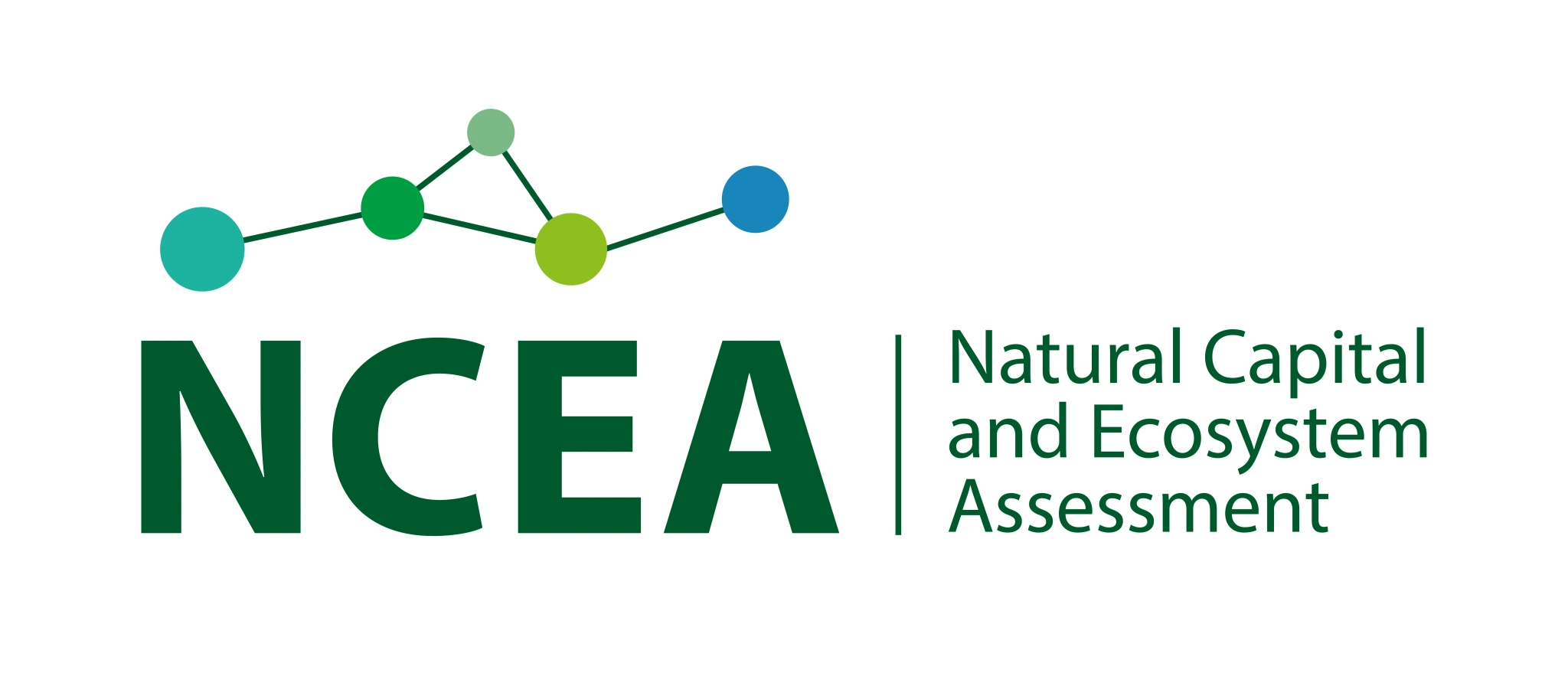Natural Capital can be defined as the world’s stocks of “renewable” and “non-renewable” natural assets which include geology, soil, air, water, and all living things.
It is from the living part of this Natural Capital that humans derive a wide range of benefits, often called “ecosystem services”, which make human life possible. The most obvious ecosystem services include food; water for drinking, washing, and power generation; plant materials used for fuel, building, and medicines.
There are also many less visible ecosystem services such as the climate regulation, and natural flood defences provided by mangrove forests and saltmarshes; the billions of tonnes of carbon stored by peatlands, or the pollination of crops by insects.
Even less visible are cultural ecosystem services such as the “cultural” services of tourism, or the inspiration taken from wildlife and the natural environment. By using ecosystem services sustainably, humans are effectively living off the Natural Capital “interest”.
Healthy ecosystems manage themselves. By damaging ecosystems and eroding Natural capital, we create not only an ecological liability, but also a social and economic liability.
Working against nature by overexploiting Natural Capital can be catastrophic not just in terms of biodiversity loss, but also catastrophic for humans as ecosystem productivity and resilience decline over time.

The Marine Natural Capital and Ecosystem Assessment Program (mNCEA) is part of the broader Natural Capital and Ecosystem Assessment Programme, the mNCEA is Defra’s flagship 3-year research and development programme that will provide a robust evidence base, a suite of tools, and a framework where ecological, societal, and economic information is brought together in a holistic way.
Improving our understanding and helping us make better decisions about the marine environment, the mNCEA aims to create a platform for a thriving marine environment where nature is central to decision-making.
Natural capital considers the value of nature for people and the economy and charges us to consider the ocean as a whole, interconnected system, rather than focussing on individual component parts like fishing, recreation or offshore wind.
The plankton is mobile, (largely) invisible, sparse, dynamic and diverse, and its ecology, and that of pelagic habitats, is very different from that of most of the biological communities and habitats for which Natural Capital Accounting (NCA) has been developed. Nevertheless, the plankton contributes both to identifiable ecosystem services, and to the Biospherical functioning that keeps the world within a `safe operating space for humanity’.
Many highly visible ecosystems such as forests and coral reefs can be understood as natural capital accumulated during ecological succession. Typical examples involve sequences leading from bare rock, lakes, or anthropogenically denuded communities, to climax woodlands of broadleaf deciduous trees enriching soils with organic matter and creating local microclimates that shelter diverse communities of plants and animals. Such climaxes are thought to be self-maintaining and resilient against changing external conditions.
In the case of forests and reefs, the accumulation process takes many years. Trees are large, long-lived and visible, as are coral colonies. In contrast, plankton are mostly tiny, short-lived and sparsely distributed through their fluid medium, and the plankton as a whole is mobile, invisible, and dynamic. Consequently, the ecology of plankton and the pelagic habitats, and their societal interactions, are very different from that of most of the biological communities and habitats for which Natural Capital accounting has been developed.
One key difference is that, whereas it is easy to identify stocks of natural capital in forest or fish biomass, or in organic carbon in soil or sediments, it is harder to do this for plankton. The biomass density (mass per unit area or volume) of plankton is small, and although it shows seasonal peaks, these do not accumulate from year to year. Furthermore, the biomass density of plankton is insufficient for them change local physical conditions in the way that trees create microclimates in woods, corals make reefs and seagrasses bind sediments.
Seasonal succession in the plankton, while at first glance analogous to seasons in temperate deciduous forests, seems more like an ecological succession: that is, what happens within a year in the pelagic habitat is comparable to what happens over centuries in the case of terrestrial habitats. However, in temperate latitudes at least, the year always ends with the `wiping clean of the slate’, the plankton being reduced to minimal numbers of overwintering organisms, even if some species populations overwinter as cysts in sea-bed sediments or by migrating into deeper waters to live off stored lipids).
So, the puzzle is, what causes each successive year’s seasonal cycles to be broadly similar.
PelCap conducts research on pelagic ecosystems, monitors biodiversity, and assesses environmental impacts to inform policy and conservation strategies.
The project aims to produce actionable insights to protect marine resources for future generations.
PelCap aims to improve our pelagic knowledge and evidence base by furthering the delivery of a comprehensive monitoring program to provide a more holistic view of the marine food web. To optimize this evidence, we strive to make plankton data accessible and useable, and to provide a demonstration of the use of this evidence in supporting better decision-making through a natural capital approach.
This project is made possible through funding from DEFRA (Department for Environment, Food & Rural Affairs), which supports efforts to protect the UK’s marine environments.